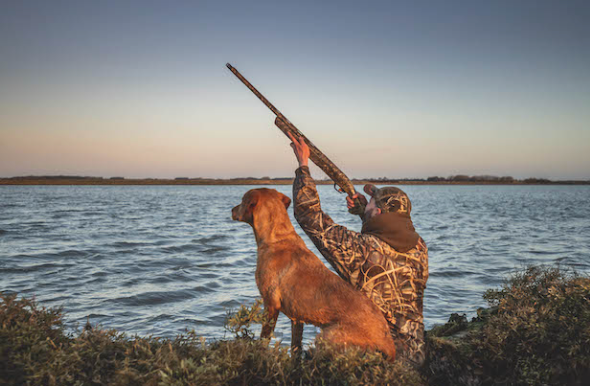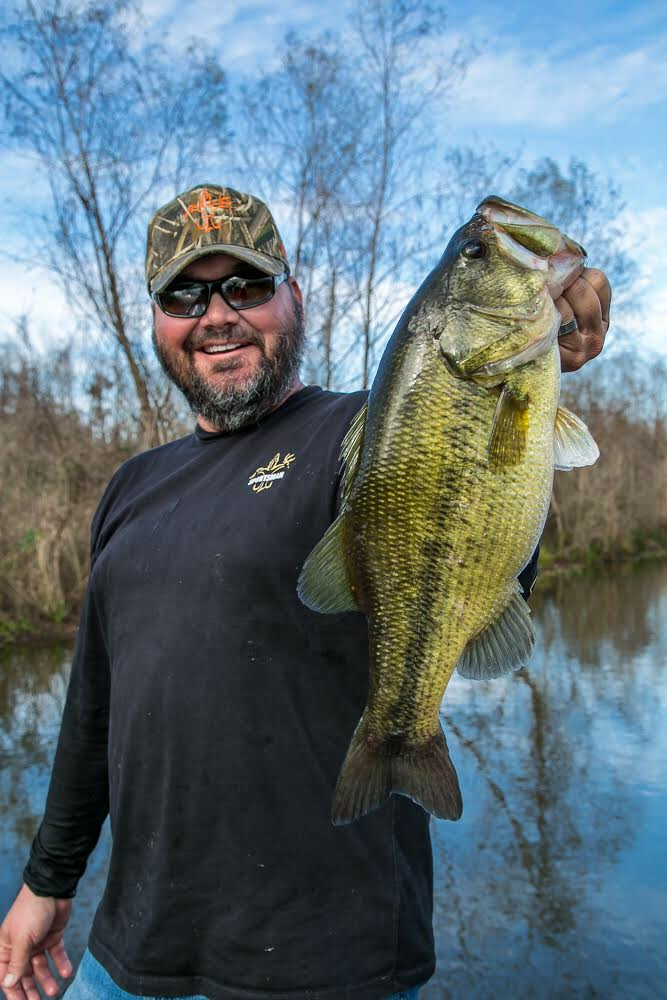Teal hunting is a growing sport in North America, and it’s no surprise to most. It’s incredibly
competitive, with even the best shooters struggling to hit the small and nippy birds as they
accelerate through the sky. Before you can head out and start hunting, you need to make sure you know the tricks of the trade when it comes to finding teal and hitting the mark. Here’s some key factors to think about when trying to find teal:
Location
Teal love swamps and marshes. This type of terrain provides them with their two favorite things; shallow water for them to land in and bushy areas for them to hide if needed. When you’re looking for teal, it’s worth searching out anywhere with shallow water, including swamped fields and ponds. Ideally, wherever there is standing water less than a couple of feet deep and bushes and plants nearby that they can feed from, you might just find yourself in teal territory.
Weather
During migration, you can’t expect teals to wait about for you to hunt them. Their movements are heavily influenced by the weather, and a skilled hunter can predict where they’re going to be. Watching the weather forecast is essential to understanding how the weather fronts are forming and the direction of the wind. This will the help you to work out which body of shallow water teals likely travel over. Make sure you’re there!
Get Up Early
Teals prefer to fly through the night and look for areas to land shortly after sunrise. This means that you want to get up early in order to set out your decoys and prepare for the day ahead. It’s well known that birds prefer to fly into the wind, so you want to position yourself so that the birds are flying directly at you, making it far easier for you to get a good shot off.

Now that we’ve talked about the key things to bear in mind when starting wildfowl hunting, let’s explore some of the best locations in North America:
1. Chesapeake Bay
If you’re a keen teal hunter then you’ve probably already visited Chesapeake Bay. With a rich
history of hunting dating back hundreds of years, this is a great place to hunt a wide range of waterfowl. There are plenty of opportunities all around the area, with wildlife management
areas and national wildlife refuges to hunt lots of green-winged teal.
2. North Western Washington
A vast amount of waterfowl can be found in this region, making it a prolific area for you to visit with your shotgun. Many types of duck can be found in this region, along the coast in Padilla, Samish and Skagit bays. Species to be found include pintail, mallards and of course, teals.
3. South Louisiana
Louisiana couldn’t be a more perfect hunting ground for waterfowl due to its coastal marshes making a perfect home for migrating ducks. The best areas are found in the Chenier Plain or the Lacassine national wildlife refuges, ideal for you take your duck blind and tent for camping. Louisiana hunting is great because of the sheer variety of ducks you will find here, including mottled ducks, blue winged, and green winged teal.
4. Texas Panhandle
Depending on the amount of rainfall that the region gets, it can quickly turn into one big swamp.This is makes it a great habitat for waterfowl and perfect for hunters. It’s also a great location as it never gets overly busy during hunting season meaning you most likely won't have to battle for a good area. Private landowners are used to having people hunt on their land, and it’s common for them to grant you permission if you ask nicely.
5. Great Salt Lake, Utah
This famous basin is a perfect stomping ground for waterfowl and gets incredibly populated during migration and breeding seasons. With over seventy miles of marshland, there isn’t many better places in the USA to head during hunting season. Public hunting is a tradition in the area, with many hunting clubs to join. Well worth checking out!
6. Upper Mississippi River
This area has a significant amount of marsh open water as a result of lots of dams created in the early twentieth century. This is great terrain for teals and other waterfowl. At peak times during the migration, thousands of each variation can be found in this region. Public hunting is allowed, so you’re bound to have a successful trip if you had to the shore.
7. Central Valley, California
If you go at the right time you will find more than 4 million birds wintering, making it one of the most densely populated areas in the North America. Due to this quantity of waterfowl, it makes an ideal spot for hunters of all skill levels. Public hunting isn’t an issue, with plenty of hunting clubs within the region.
8. Southern Saskatchewan
Teal hunters will be very familiar with this region, as one of the key breeding areas for mallards, pintails and variations of teal. There are plenty of wetland areas where you’ll find a rich variety of wildfowl, but most private landowners have no issue providing permission to use their land too.
9. Eastern North Dakota
North Dakota is visited by millions of migrating waterfowl each year, with many wildfowl hunters making the trip during hunting season. Hunting access on public lands is possible in the East, including areas used for state wildlife management. There’s also a program called the Private Lands Open To Sportsman (PLOTS) that encourages hunters to visit and use the land. Very handy!
10. Eastern Arkansas
Many wildfowl hunters see this is as the mecca of the pastime, traveling thousands of miles to experience it during migration season. Thousands of acres of marshes and swamps makes this the ideal location for wildfowl to visit. Wildlife parks such as the Bayou Meto Wildlife Management area and the White River National Wildlife Refuge make hunting extremely accessible in this region.



